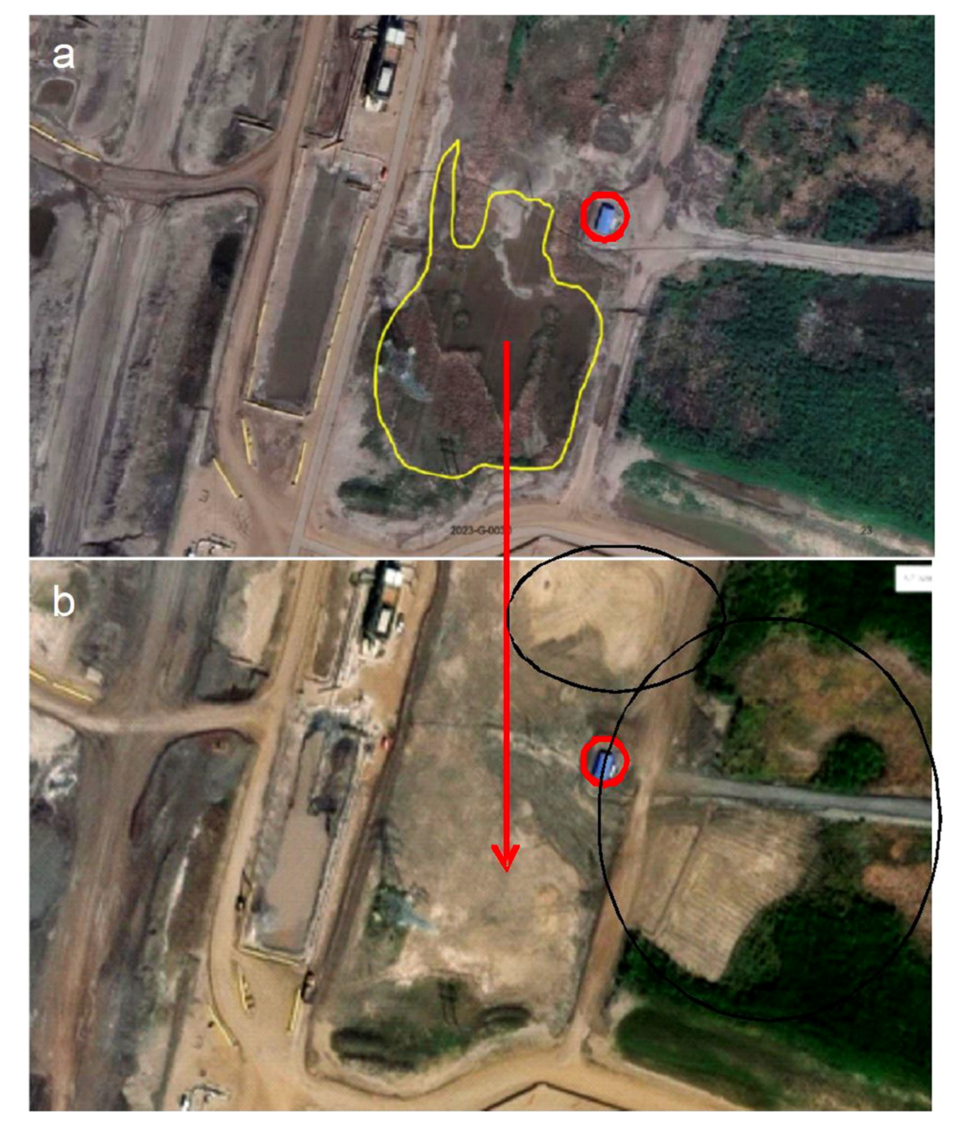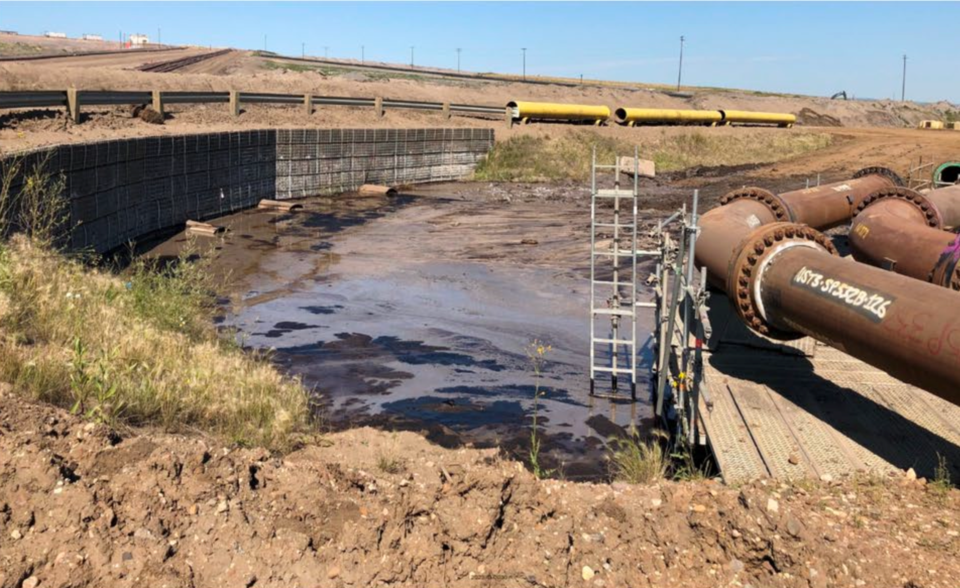The size, number, and environmental impact of oil sands tailings spills have been significantly underreported, according to new research.
A study published in the Journal of Environmental Monitoring and Assessment compares information on reported bitumen tailings spills from the Alberta Energy Regulator’s (AER) public database with documents from the AER released through freedom of information requests. The analysis reveals what author Dr. Kevin Timoney says is a failure by the AER to gather environmental data, conduct on-site inspections, and protect ecosystems from harm.
“What I found was there's little to no environmental data for any of the spills. The extent of the environmental monitoring is almost nil,” said Timoney, principle ecologist at Treeline Ecological Research.
In spill reports posted to its Field Inspection System, the regulator states there are no environmental impacts or effects noted. But the evidence to support this isn’t found in the public data or thousands of pages of FOIP documents, Timoney said.
“They don't provide any evidence. They don't provide any chemistry data, any data on animals killed or vegetation damaged or anything like that. Essentially, they just make these statements without any supporting evidence,” he said.
Timoney’s analysis suggests that in 41–54 per cent of spills that had photographic documentation, there was evidence of environmental harm, such as spills of tailings into wetlands.
In one example, an April 2023 spill at a Canadian Natural Resources Limited (CNRL) site reported “perfect recovery” of 200 cubic meters of tailings released. The size of the spill given in the FOIP documents is 2,000 cubic meters. Where the AER reports the spills footprint as less than 100 square metres, photographs show over 6,500 square metres of wetlands that were “obliterated” by the spill and heavy machinery in cleanup operations, Timoney said.
“It’s a good example of how what they're reporting to the public is very much at odds with the actual photographic evidence.”

The reported footprint of at least 35 spills was contradicted by data from the FOIP documents, and 115 spills weren’t publicly reported at all.
Only about 3.2 per cent of reported tailings spills were investigated by the AER during the period reviewed, from 2014 through 2023.
Timoney said he is making the information used in his research available to the public through this report so they can “reach their own conclusions.”
“I think what they'll find is that the AER is failing miserably in its mandate to protect the environment and the public interest. And they can reach that on their own conclusion based on the information that I've made available to them.”
The AER said it has not yet reviewed the article.
“Dr. Timoney's report was made available to the regulator by media sources the morning of Monday, Jan. 6 and subject matter experts will review the data for a more comprehensive response at a later time,” an AER spokesperson said in an email.
“In regard to tailings spills generally, once a release occurs, companies must report the incident and complete a release report to record the release type, volume released and recovered, location, any adverse effects on the environment, and other information. The AER routinely conducts inspections to ensure that releases have been cleaned up and remediated in accordance with the regulations.
"Impacts to wildlife due to the release of a reportable substance within the AER’s jurisdiction, must be immediately reported to the AER. The AER routinely conducts release inspections to assess potential adverse impacts to the environment and wildlife and to ensure that releases have been cleaned up and remediated in accordance with the regulations."



